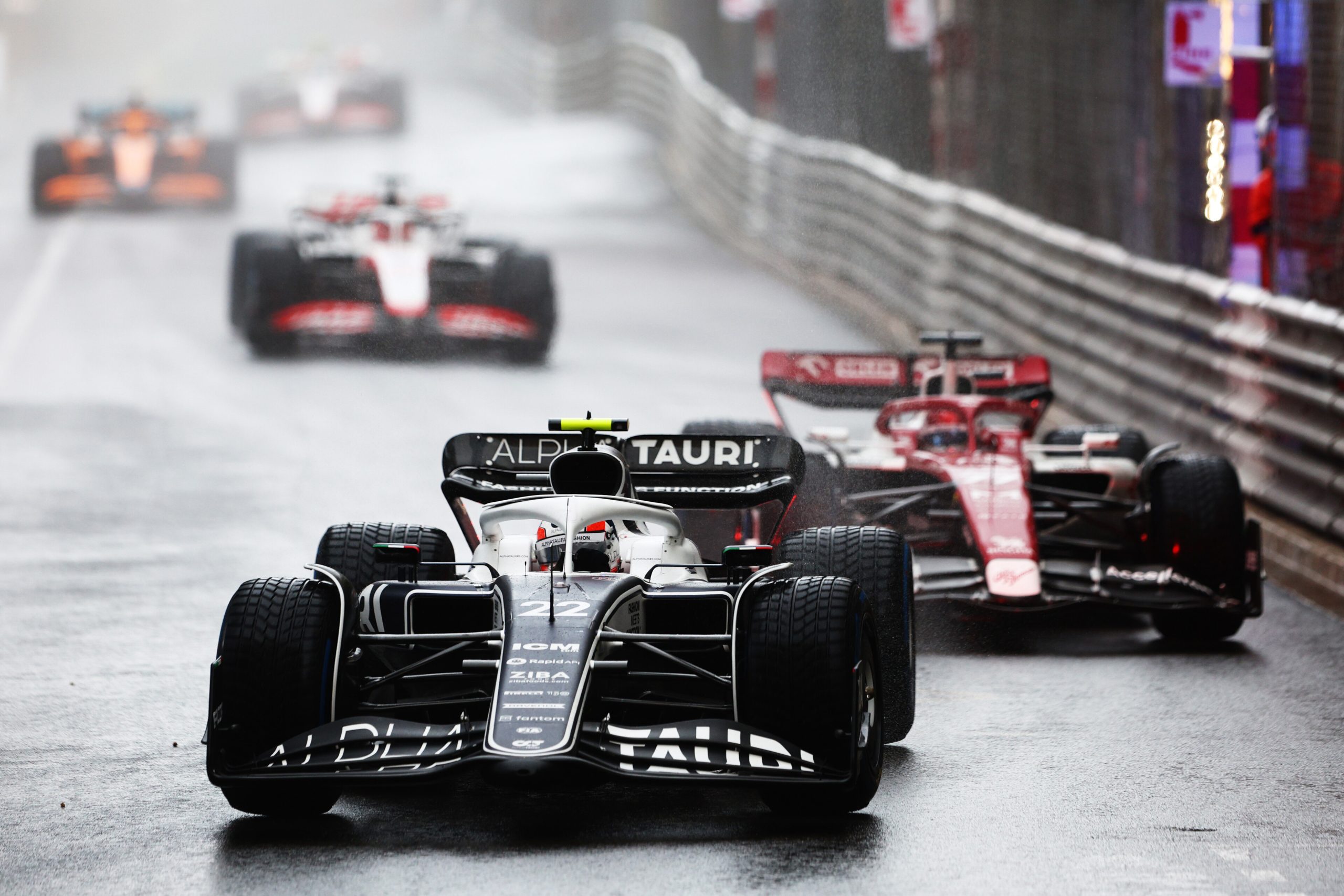With the recent announcement of Andretti Autosport and General Motors joining forces to enter Formula 1 under the Cadillac brand, this question is more relevant than ever.
Formula 1, the premier class of open-wheel auto racing, has seen many teams come and go over the years. One of the most pressing questions in Formula 1 today is how many Formula 1 circuits can sustain their place as many teams have struggled to continue in the sport due to a lack of funding and resources.
Let’s try to answer that question by first, taking a closer look at the three key factors.
1. The physical capacity of the circuits
Formula 1 circuits can host many teams and cars, with pit lanes, garages, and paddock areas for 10-12 teams. Each team fields two cars, meaning a circuit can host up to 24 cars.
The pit lane is split into garages so that teams can work on cars during races. These garages have power, water, and space for teams’ equipment and personnel. The paddock area, behind the pit lane, is where teams set up hospitality units and drivers and team members relax. The ‘Circuit of the Americas’ in Austin, Texas is an example of a venue that obtains a large capacity. With 32 garages and a paddock area that can host 13 teams, it can host over 120,000 spectators.
Although circuits can host more teams, teams need permission from the FIA to be granted access to race. There are also only a number of teams that are able to meet the entry requirements that will secure them a spot on the grid.
Until we meet again, #F1. Thank you to everyone who came from all over the world and helped make this our biggest and best #USGP yet. 🏁 pic.twitter.com/ObDusPSK4g
— Circuit of The Americas (@COTA) October 23, 2017
2. The economic factors.
Fielding a team in Formula 1 is extremely expensive, with expenses such as research and development, engineering, transportation, and personnel, among others. Revenue generated by race organizers also affects the number of teams that can participate in the sport.
The economics of Formula 1 circuits play a role in their ability to host multiple teams. Hosting a Formula 1 race is a significant investment for a circuit. Costs associated with hosting a race include track modification, security, safety measures, medical facilities, and infrastructure development. Revenue generated from ticket sales, sponsorships, and broadcasting rights offset these costs. Therefore, a circuit’s ability to host multiple teams also depends on its ability to generate enough revenue to cover the costs of hosting a race.
For example, teams like Mercedes, Ferrari, and Red Bull Racing have historically had a larger budget due to long-term partnerships and more established sponsorship deals compared to other teams. Smaller teams have had to rely on smaller sponsorships and have to be more efficient with their budget to compete. As F1 continues to move into the cost-cap era that historical gap in theory shortens and competition increases.
3. The impact on the level of competition.
When considering the impact of the number of teams in a particular Formula 1 circuit, there are a few key points to consider:
- The more teams that participate in the sport, the greater the competition. With more teams on the grid, there is a greater variety of cars and drivers competing for the top spots. This can lead to more exciting and unpredictable races, as well as more opportunities for new teams and drivers to make a name for themselves.
- Fewer teams can lead to less competition. If the number of teams is too small, there may be less competition among the teams and drivers. This can lead to a lack of excitement for fans, as well as fewer opportunities for new teams and drivers to break into the sport.
- The number of teams can affect the overall appeal of the sport. The level of competition in Formula 1 is a key factor in determining the sport’s overall appeal and reach to fans and sponsors.
- The number of teams can affect the sport’s sustainability. To attract new teams and ensure the long-term sustainability of the sport, Formula 1 needs a certain level of competition. If there are not enough teams participating, the sport may struggle to attract new investors and sponsors, which can have a negative impact on the sport’s long-term future.
Overall, the number of teams participating in Formula 1 is a key factor that affects the level of competition in the sport, and this in turn can affect the overall appeal of the sport and its long-term sustainability.
Conclusion
How many teams can Formula 1 circuits sustain? It is a complex question that depends on various factors, such as the physical capacity of the circuits, economic factors, and the impact on the level of competition.
Although the sport can host more teams, the actual number of teams that participate in Formula 1 is often limited by the number of entries accepted by the FIA, as well as the number of teams that meet the entry requirements and secure a spot on the grid. The economics of the circuit, the team’s budget, and the level of competition are all important factors that determine how many teams an F1 circuit can hold. On average though, most race tracks can easily sustain 12 teams.






